SUMMARY
This is AI generated summarization, which may have errors. For context, always refer to the full article.
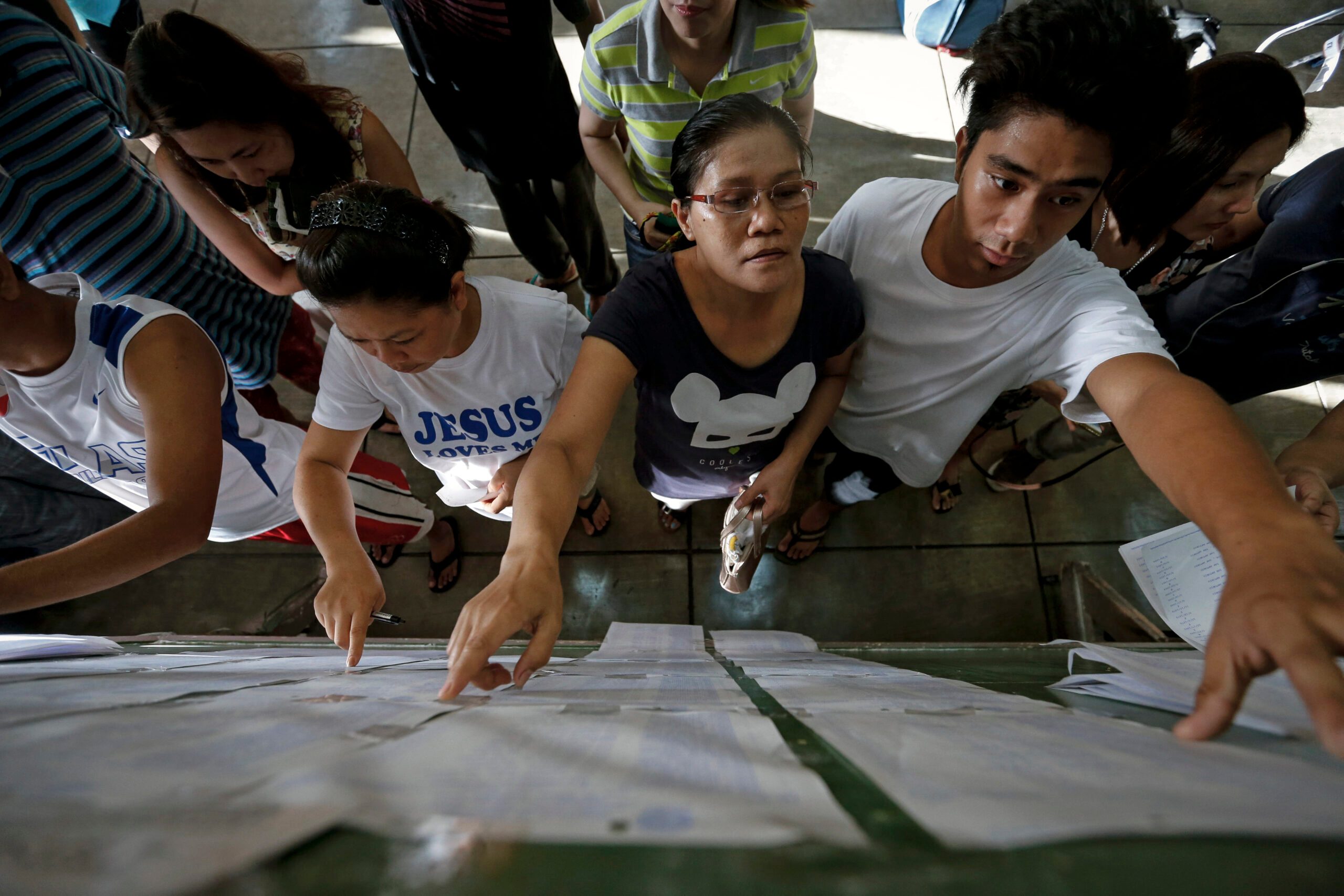
MANILA, Philippines – In May 2022, millions of Filipinos will troop to polling precincts while the continuing threat of a pandemic hangs over them – a scenario not seen in past elections.
Other countries have also grappled with conducting a nationwide electoral exercise against the backdrop of a health crisis; the Philippines will now have to see for itself what it is like.
Here are some of the things to expect on election day, based on past statements from the Commission on Elections, and a section from the Comelec’s 1,275-page “New Normal” manual.
Longer voting hours
Doors of polling places will open at 6 am for the 2022 elections. But election workers will accommodate voters up to 7 pm, unlike three years ago when voting ended at 6 pm.
“We start at 6 am and end at 7 pm. However, at 7 pm, if there are still voters outside the polling place, we will still continue with the voting,” Commissioner Marlon Casquejo told House lawmakers in November 2021. “It will continue until such time all those inside or within 30 meters will be catered.”
The voting hours, however, are not contained in the Comelec’s “New Normal” manual.
No COVID-19 test, vaccination card requirement for voters
The “New Normal” manual did not make mention of any requirement for voters to present a COVID-19 vaccination card or a negative COVID-19 test result. This is consistent with past statements from Comelec officials.
But in choosing electoral board members, the Comelec gave preference to individuals who are fully vaccinated against COVID-19, without comorbidities, and are below 60 years old.
Adherence to health and safety protocols
The poll body, however, is clear that health and safety protocols must be observed, such as compliance with physical distancing, hand sanitation before entry into the polling place, and wearing of face masks. The Comelec also advises voters to always wear face shields unless they are in areas under alert levels 1 to 3, where use of face shields is voluntary.
There will also be temperature checks and submission of COVID-19 health declaration forms. (The poll body previously mulled over the possibility of doing away with such forms upon entry to the polling place to avoid congestion.)
The Comelec also adopted its observation from an October 2021 election dry run that it would be more feasible not to set a specific cap on the number of people allowed in a polling place at a specific time. The electoral board, instead, has the authority to decrease the number of voters casting their ballots simultaneously inside the room if the headcount exceeds 50% of the place’s capacity.
Also present in the polling places are barriers between electoral workers and voters. There will be medical personnel and anti-COVID-19 marshals.

Separate room for voters with fever
Voters who will register a body temperature of 37.5 degrees Celsius and above will be checked by a medical officer.
If it is assessed that they have a fever, they will be redirected to a so-called isolation polling place (IPP), where they can cast their ballots.
Designated place for vulnerable sectors
Persons with disabilities, senior citizens, and heavily pregnant voters can cast their ballots in emergency accessible polling places (EAPP) on election day, but they should also have access to IPPs if they have a fever. The EAPP should also comply with anti-coronavirus measures.
Read the rest of the guidelines here:
The document above also stipulates protocols for local and overseas absentee voters, as well as indigenous peoples and persons deprived of liberty.
The “New Normal” manual also details guidelines that electoral board members must follow before during, and after election day.
A record 67 million voters are eligible to cast their ballots for the 2022 polls, a process that will determine President Rodrigo Duterte’s successor in Malacañang.
A June 2021 survey showed 46% of Filipinos were unwilling to participate in the elections should their barangays log a high number of COVID-19 cases at the time of voting.
The poll body, however, remains optimistic about a “sizable voter turnout” despite coronavirus fears. – Rappler.com
Add a comment
How does this make you feel?
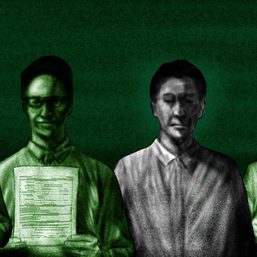

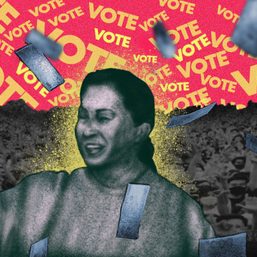
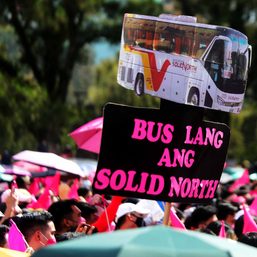
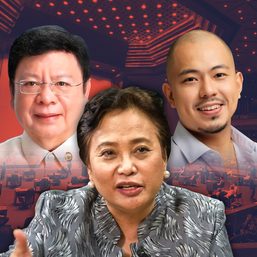

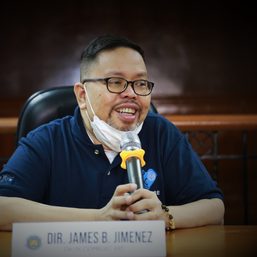
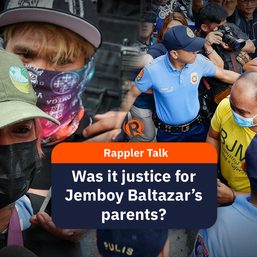
![[New School] Tama na kayo](https://www.rappler.com/tachyon/2024/02/new-school-tama-na-kayo-feb-6-2024.jpg?resize=257%2C257&crop=290px%2C0px%2C720px%2C720px)
![[Only IN Hollywood] After a thousand cuts, and so it begins for Ramona Diaz and Maria Ressa](https://www.rappler.com/tachyon/2024/02/Leni-18.jpg?resize=257%2C257&crop=262px%2C0px%2C720px%2C720px)
There are no comments yet. Add your comment to start the conversation.